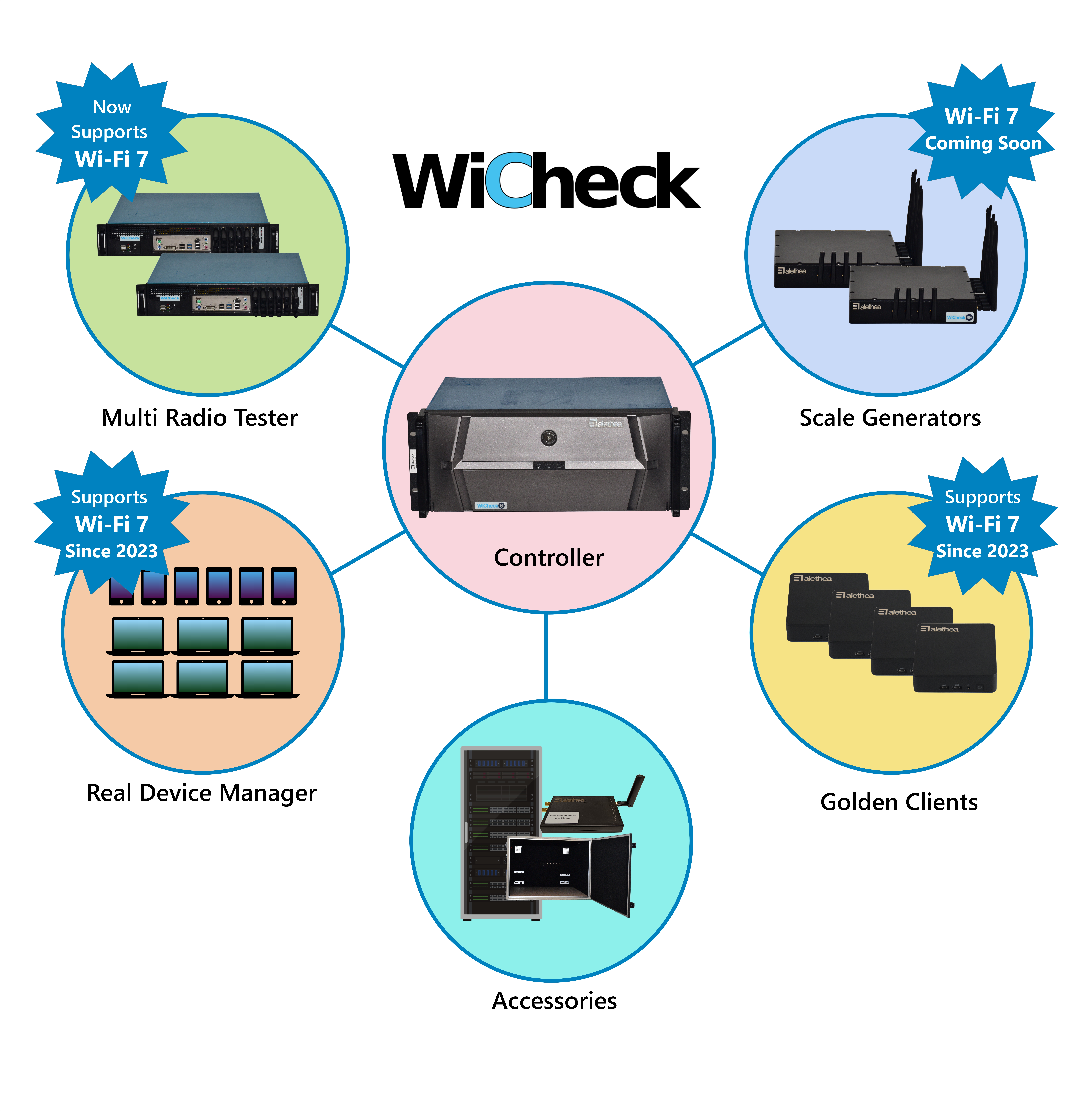Why WiFi 6 is preferred for IoT connectivity?
IoT has been hyped up for years now as the one technology that would change the way we live. There have been so many use cases described that seem fantastic. All of them however forget the fact that IoT is finally the INTERNET of things, which means connectivity is a critical aspect of the whole story.
From an engineering perspective, Connectivity is an expensive element. It takes up:
- Battery power
- Space
- Processor bandwidth
- Deployment effort
After years of hype, recently, two communication technologies have rolled out that could turn many of these thus far imagined use cases into reality
IoT Friendly Connectivity
This year has seen the roll out of WiFi 6 (a.k.a 802.11ax) and 5G. Both feature many capabilities that could be advantageous to creating extended IoT networks. Key features of interest include:
- High density
- Ability to support multiple transmissions at the same time
- Range
- Enhanced security options
In this blog we will consider the aspects that would make wifi 6 for iot the right connectivity option for majority of the scenarios.
Advantage of WiFi 6
1. Scan to connect
The first stage of any IoT network is the actual deployment of devices and sensors. Even though this does not look like a technical issue, there is a need for a technology solution to this problem. Though not part of WiFi 6 spec, Wireless Broadband Alliance has actually rolled out a spec – WiFi Easy connect – that simplifies the onboarding and configuration of new headless devices to a network. This is a critical aspect when the requirement is to deploy 100s or 1000s of connected devices. Though the standard is independent of WiFi 6 spec, it is expected to become popular once WiFi models start coming to the market in numbers.
2. Target Wakeup Time
Bulk of IoT devices would be battery powered, and would be required to function for years in the field. For this, it would be necessary to activate every power saving approach possible. Target Wakeup Time (TWT) allows devices to tell the AP when it can next expect a communication and then go to sleep, thus saving power for the whole period. Given that IoT devices may be required to transmit only a few bytes of data every few seconds / minutes/ hours or days, keeping the device in sleep mode will save immense amounts of battery power. As such TWT is a really important feature for IoT devices. TWT is part of the WiFi 6 spec and is already rolled out in the market.
3. 2.4 GHz support
One of the major drawbacks of 802.11ac is that it does not support 2.4 GHz band. Given that the key requirements for IoT devices would be lower cost, lower power, and higher range, 2.4 GHz bands would be ideal in these scenarios. In WiFi6, this lacuna is addressed with support for 2.4 GHz band also. With the lower frequency option, devices can focus more power on a narrow band, thus reducing the total power spend and saving on battery. 2.4 GHz band electronics are also cheaper to manufacture, thus reducing overall costs.
4. Sub channelization
This is one of the key IoT- friendly features of WiFi6. Because of OFDMA support, each client needs to transmit only on a 2 MHz sub channel at the minimum. Each subchannel has a maximum throughput of 384 kbps. This is more than enough bandwidth for most IoT traffic. This also makes sure that the transmit power can be focused over a narrow band – saving power and increasing range.
5. Scaling
WiFi6 chipsets from leading vendors would support up to 1024 clients. For dense deployments with low bandwidth, low cost and high availability, WiFi 6 would be ideal. Thus, for scenarios with 10s to 100s of devices spread within a relatively small area (10s to 100s of sq.m), WiFi remains the most cost effective connection option.
6. WPA3
Over the last few years, IoT devices have emerged as a major source of attacks. Any move to improve the security of communications from and to such devices will reduce the risk posed. One of the key elements rolled out along with WiFi 6 to address security is WPA3. It addresses many of the loopholes in WPA2 framework and makes the end to end communication less susceptible to attacks. Additionally, OWE (Opportunistic Wireless Encryption) makes even open – non password protected – communication much more secure.
7. Uplink OFDMA
OFDMA allows multiple devices to access the medium at the same time. When there are 100s of devices transmitting within a few minutes, the option to let them go back to idle state at the earliest is a critical time and power saver. Given the relatively low latency on WiFi networks at smaller numbers of clients (less than 10), OFDMA allows more clients to transmit near real time data simultaneously and open up many new use cases.
To read about how to uplink OFDMA please visit: https://aletheatech.com/wi-fi-6-uplink-ofdma-what-makes-it-complex/
8. Pricing
WiFi chipsets have traditionally been a lot cheaper than equivalent generation mobile modules (as much as an order of magnitude cheaper). Lower costs associated with certification, no need for interoperability with operator networks, and larger number of vendors will all drive down the total cost of delivering WiFi based devices compared to mobile devices. The number of devices using WiFi is also much larger than mobile devices, and this factor also helps to bring down the cost. The lower cost would make WiFi the ideal technology for IoT devices – especially those that need to be deployed in dense environments.
Interested in more details about WiFi6 (802.11ax) test solutions, IoT automation & test frameworks or other IoT solutions, we will be happy to talk to you.
For further information, please contact us at info@aletheatech.com.




